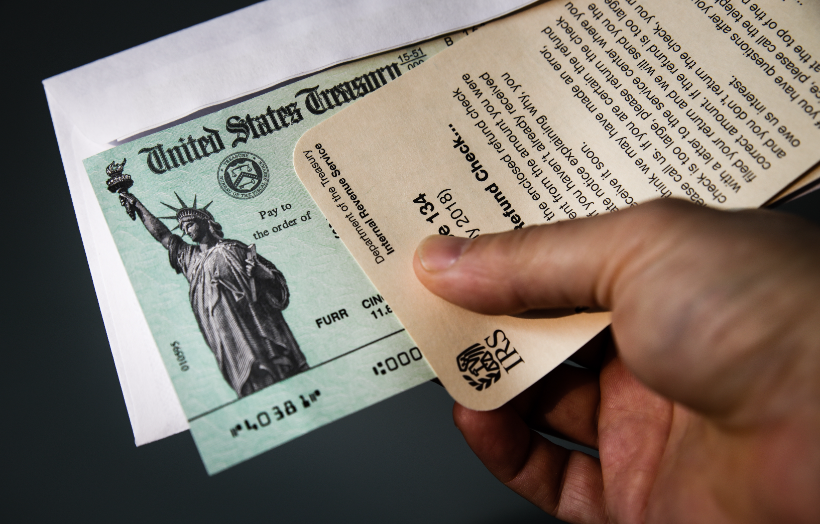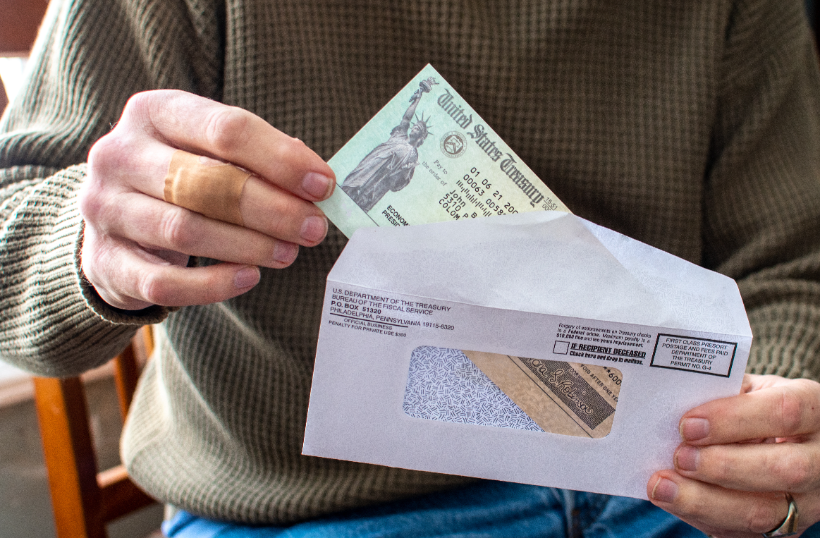Trump Signs 4 New Executive Orders for Coronavirus Relief
Published:President Trump Issues Executive Actions to Help Americans Struggling Because of COVID-19 – What’s Included & Which Programs Are Funded?
President Donald Trump signed four executive orders on Saturday, August 8. This move comes as lawmakers on Capital Hill continue to debate over a second major Coronavirus stimulus package. Trump had stated last week that he was prepared to go forward with executive actions if Democrats and Republicans weren’t able to resolve their stalemate.
In general, the new executive orders address programs that were introduced by the CARES Act and are designed to provide further funding as well as extended deadlines for some groups of struggling Americans. Remember that the $2 trillion “Coronavirus Aid, Relief, and Economic Security Act” (a.k.a. CARES Act) was signed into law by President Donald Trump on March 27, 2020.
Here’s what’s included in Trump’s latest executive actions:
Additional Benefits for Unemployed Workers
We’ll recall that the CARES Act expanded the unemployment benefits program and allowed for many more individuals to qualify for aid. Eligible workers received an extra $600 per week in addition to their state unemployment benefits. However, this expanded compensation program expired on July 31, 2020.
President Trump’s executive order – Memorandum on Authorizing the Other Needs Assistance Program for Major Disaster Declarations Related to Coronavirus Disease – provides $400 per week for out-of-work Americans. It would require the state governments to contribute 25% of the cost while the federal government would pay for 75%.
Extension for Student Loan Relief
The CARES Act offered assistance for federal student loans by suspending loan payments for six months, until September 30, 2020. This program included a 0% interest rate for qualified student loans and a provision preventing the federal government from garnishing wages, Social Security benefits, or income tax refunds as collection for student loan debt. However, the CARES Act did not forgive student loan debt and it only offered temporary relief.
President Trump’s executive order – Memorandum on Continued Student Loan Payment Relief During the COVID-19 Pandemic – provides “immediate relief to tens of millions of student loan borrowers during the pandemic caused by COVID-19 by both suspending loan payments and temporarily setting interest rates to 0 percent.” This action suspends qualified federal student loan payments through December 31, 2020.
Protections for Renters & Homeowners Facing Eviction
The CARES Act provided temporary aid for eligible renters by placing a 120-day moratorium on evictions and banning late fees, subject to certain conditions. However, that program expired at the end of July.
President Trump’s executive order – Executive Order on Fighting the Spread of COVID-19 by Providing Assistance to Renters and Homeowners – is intended “to minimize, to the greatest extent possible, residential evictions and foreclosures during the ongoing COVID-19 national emergency.” This action calls for the suspension of qualified foreclosures and evictions and acknowledges the need for additional funding to help those who may potentially be facing homelessness. Trump directs his administration to “identify any and all available Federal funds to provide temporary financial assistance to renters and homeowners who, as a result of the financial hardships caused by COVID-19, are struggling to meet their monthly rental or mortgage obligations.”
Extended Payroll Tax Holiday
A payroll tax holiday defers federal withholding tax and it essentially means that a worker will take home more money per paycheck, but only temporarily. Once the holiday is over, those taxes will be due.
President Trump’s executive order – Memorandum on Deferring Payroll Tax Obligations in Light of the Ongoing COVID-19 Disaster – provides a 4-month payroll tax holiday, from September 1 through December 31, 2020.



